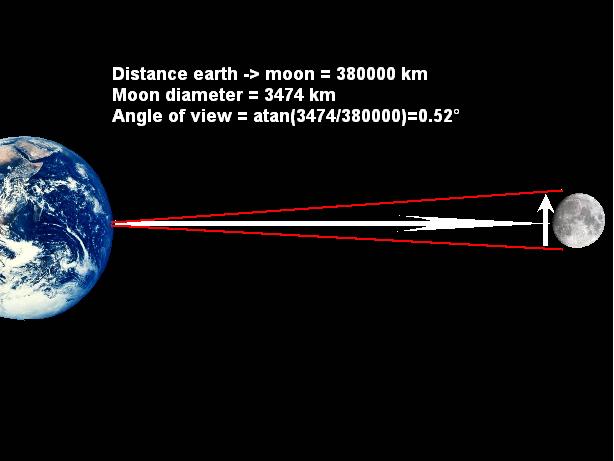The Moon is the only natural satellite of the Earth and the fifth largest moon in the Solar System. It is the largest natural satellite of a planet in the Solar System relative to the size of its primary,[e] having 27% the diameter and 60% the density of Earth, resulting in 1⁄81 its mass. Among satellites with known densities, the Moon is the second densest, after Io, a satellite of Jupiter.
Orbital period: 27 days
Gravity: 1.622 m/s²
Age: 4.527 billion years
Circumference: 10,917 km
The average distance to the Moon is 384,403 km (238,857 miles).
Before you put this answer into your homework you’ve got to understand that the Moon takes an elliptical path around the Earth. That number, 384,403 km, is an average distance that astronomers call the semi-major axis. The Moon can get closer to the Earth and it can get further.
At its closest point, known as the perigee, the Moon is only 363,104 km (225,622 miles). And at its most distant point, called apogee, the Moon gets to a distance of 406,696 km (252,088 miles).
Distance to the Moon
Before Apollo 11 astronauts Neil A. Armstrong and Edwin E. “Buzz” Aldrin, Jr. stepped on the
moon on July 20, 1969, people had studied the moon by eye, telescope and images from
spacecraft. As long as people have looked at the moon, they have wondered how far away it is
from Earth. The average distance to the moon is 382,500 kilometers. The distance varies
because the moon travels around Earth in an elliptical orbit. At perigee, the point at which the
moon is closest to Earth, the distance is approximately 360,000 kilometers. At apogee, the point
at which the moon is farthest from Earth, the distance is approximately 405,000 kilometers.









